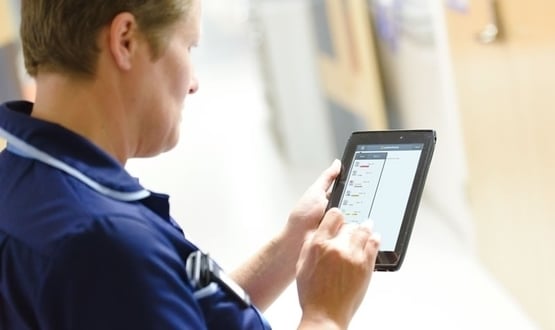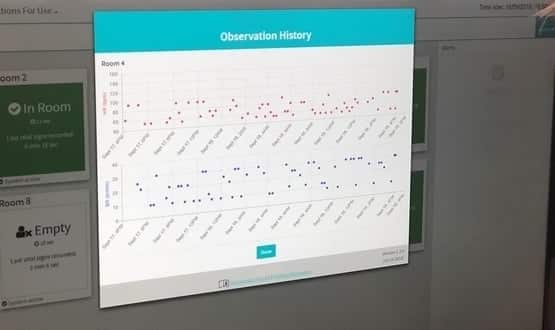Nurse tech trusts rush to spend £30m
- 17 March 2014

More than a third of the £30m awarded in the first round of the Nursing Technology Fund is for observations projects, which trusts and suppliers are scrambling to get off the ground before April.
According to analysis by EHI Intelligence, £11.5m is going towards nursing observations projects, of which 12 are identified as being vital signs monitoring deployments. These have attracted on average £550,000 each.
The winners of the fund were formally announced on 4 March.
Two successful projects are extensions of existing implementations of electronic vital signs monitoring at King’s College Hospital and Luton and Dunstable NHS Foundation Trusts, which use open source software Wardware, and three have already named their supplier as VitalPac.
The first £30m awarded from the fund is capital expenditure which must be spent in this financial year.
Suppliers spoken to by EHI said those projects that are extending their deployments or buying devices should be fine, but getting completely new projects off the ground by April is a challenge.
Client engagement director at VitalPac vendor the Learning Clinic, Nick Elliott, told EHI it expects to win between six and ten Nursing Technology Fund projects, all of which are new deployments.
The company estimated how many contracts it would win and is geared up to deliver them. More than half are already in early deployment phase.
“The fund was announced many months ago so we have been working with trusts all the way through that and have done due diligence way in advance. We took the view that it would be worth it to expend the effort and start working with them before the announcement was made,” said Elliott.
“It’s an exciting time for all the companies that have won. It can be a challenge, but we feel confident that trusts will get the money and spend the money this year.”
Elliott said the announcement of the fund in October 2012 disrupted the market as many trusts put planned deployments on hold to see if they could attract central funding.
He did not believe any of the successful bids were entirely new business, but said the money had helped those trusts that were struggling to fund their projects.
Tactix4 technical director Rob Dyke said the company is involved in six Nursing Technology Fund projects, two of which involve extensions of Wardware.
He said a number of trusts are using the Government Procurement Service commodity framework to purchase quickly, which means vital signs systems vendors must work with partners as they are not on the framework.
“We think that’s going to increase costs and means that while people are hastily publishing tenders and doing evaluations, errors can creep into the system,” he told EHI.
“I’ve seen a few already where trusts are announcing a tender to buy something that’s a named product, so they’ve already made their procurement decision and then are doing their procurement.
“Some trusts will be challenged and rightly so; we want to ensure we have a fair opportunity to tender.”
Dyke said the money being only for capital expenditure makes it difficult for open source vendors, which do not have a license fee for the software.
“So there isn’t an opportunity to front load expenditure into the procurement as license fees or devices,” he explained.
Dyke would like to see more trusts put in collaborative bids for the second round of the fund to ensure greater value for money.
Paul Rice, NHS England’s head of technology strategy, told EHI the first round of Nursing Technology Fund money is mostly for commodity purchasing and he expects the majority to be spent before April.




